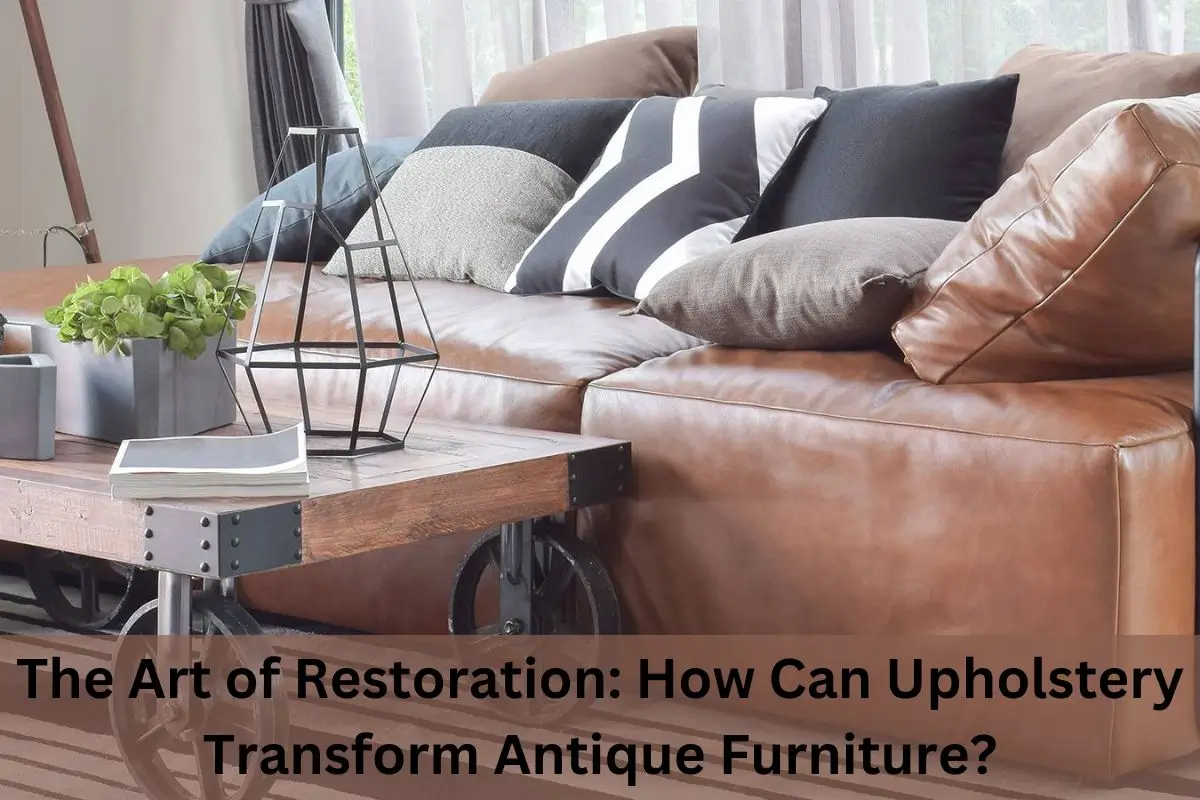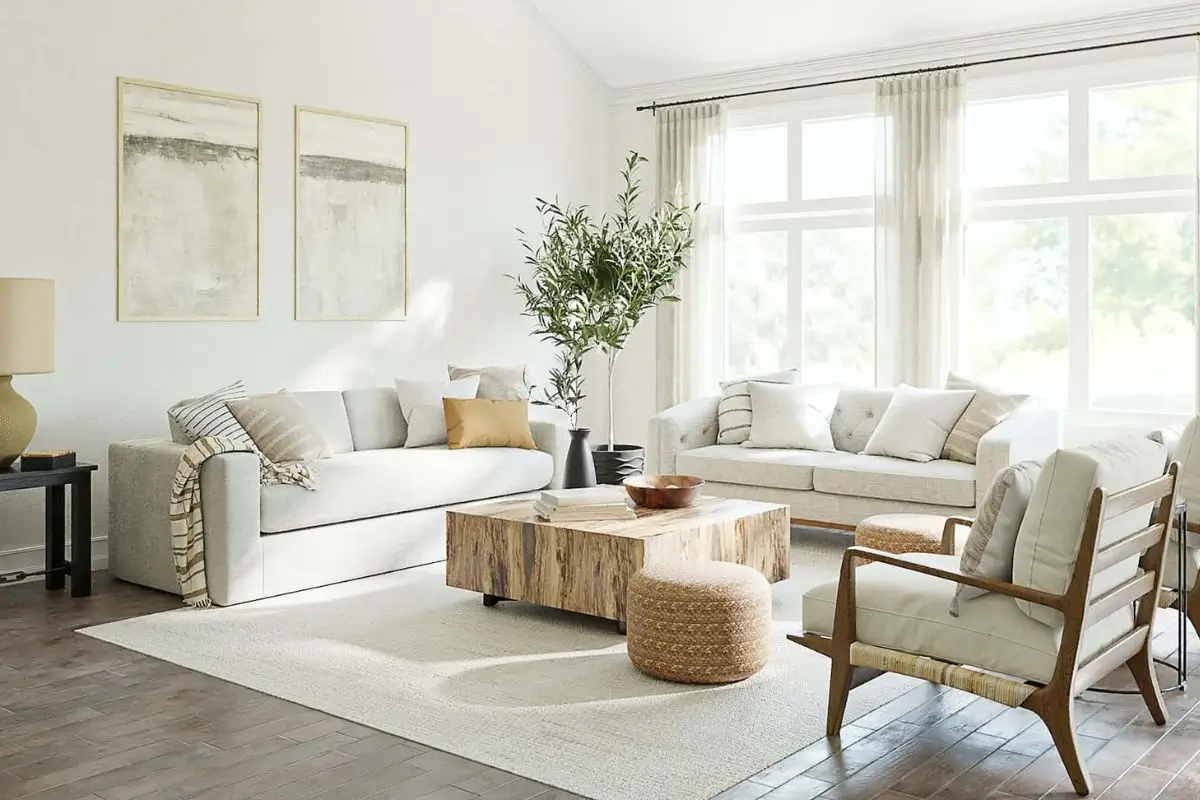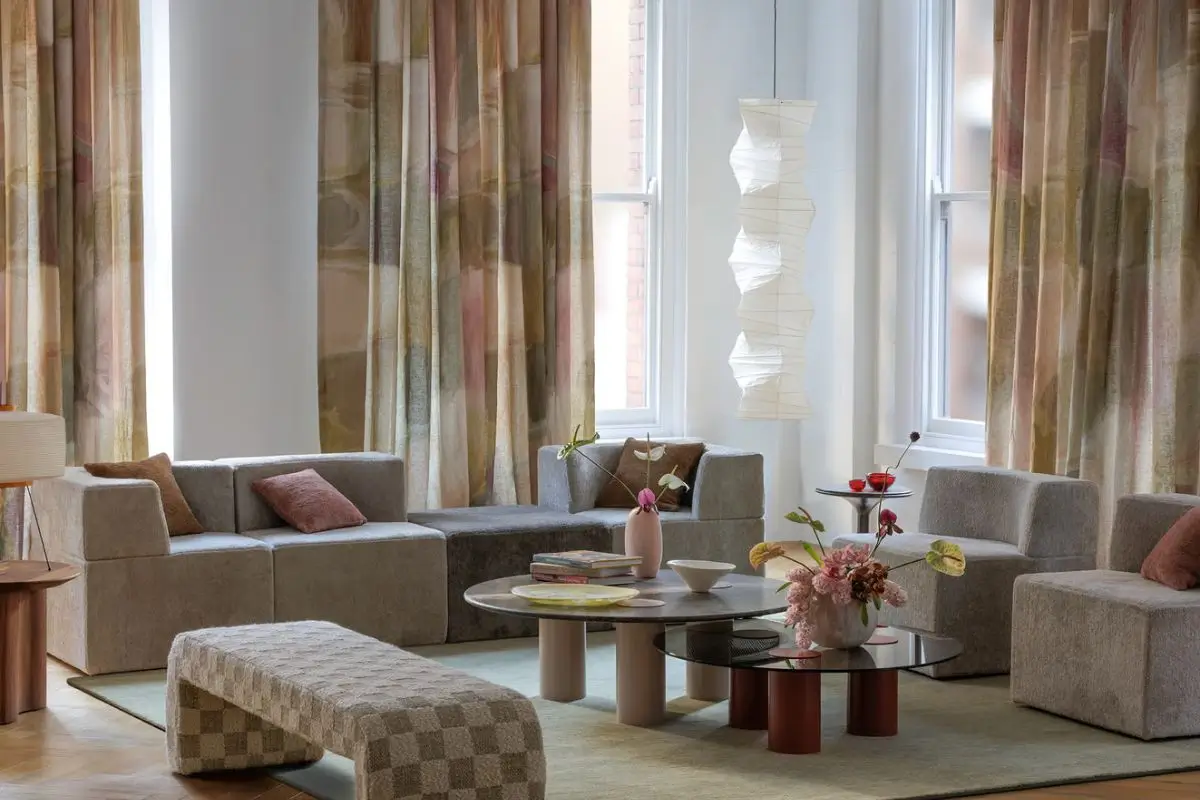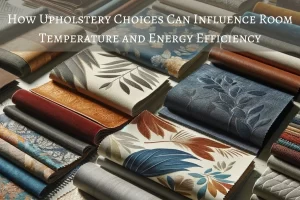Antique furniture holds timeless appeal, but restoring it can require an artist’s touch. Upholstery, when done right, brings new life to these classic pieces, preserving their essence while adding functionality. Here’s how upholstery can be the key to transforming your antiques into statement pieces.
The Essential Role of Upholstery in Antique Restoration
Upholstery isn’t just an aesthetic upgrade; it plays a crucial role in restoring antique furniture’s structural integrity. Old frames and fabrics can weaken over time, leading to sagging cushions and worn-out exteriors. Quality upholstery not only refreshes the appearance but also reinforces the support and comfort of the piece. By replacing or re-padding the cushions, adding new springs, or even revamping the entire frame, upholstery extends the life of an antique. This transformation preserves the value and history of each piece, allowing owners to enjoy the comfort of a nearly new piece while honoring its past.
Evaluating Your Antique: Preparation Before Upholstery
Before diving into the upholstery process, it’s essential to assess the condition of the antique. Check for any frame damage, loose joints, or weak structural points. Evaluate the current fabric or padding to determine whether it’s worth preserving or needs a full replacement. Sometimes, the original materials hold historical value, so they may be worth retaining in part or as inspiration for new upholstery. This initial evaluation helps decide on necessary repairs and sets a clear restoration plan, ensuring the upholstery process enhances rather than diminishes the piece’s originality and historical integrity.
Selecting the Perfect Fabric: Blending Style with Heritage
Choosing the right fabric is key to a successful restoration. The selected material should not only match the period and style of the piece but also offer durability for modern use. Fabrics like velvet, damask, or heavy linen can complement the antique’s era while providing a refreshed look. Consider patterns and colors that enhance the piece’s design while fitting into contemporary spaces. Fabrics should be durable enough to withstand regular use, yet fine enough to showcase the antique’s unique beauty. Ultimately, the right fabric strikes a balance between honoring tradition and adapting for the present.
Striking the Balance: Historical Accuracy vs. Modern Appeal
Preserving the historical essence of an antique while making it relevant to today’s aesthetics requires careful planning. Some antiques benefit from original colors and patterns, but modern upholstery can offer new options that add durability and style. The goal is to respect the piece’s era while ensuring it complements current decor trends. For instance, a Victorian chair might look stunning in its original palette but equally captivating in a modern, neutral fabric that highlights its craftsmanship. Balancing these two elements ensures the piece is both functional and respectful of its origins, transforming it for today’s spaces.
Mastering Upholstery Techniques for Antique Furniture
Antique furniture demands skilled upholstery techniques that go beyond staple guns and foam. Hand-tied springs, webbing, horsehair padding, and button-tufting are some of the traditional methods required to maintain authenticity. These techniques, often specific to different eras, bring out the best in vintage pieces. A skilled upholsterer can replicate these methods, preserving the craftsmanship and ensuring the piece’s integrity. This process may take more time, but the result is a beautifully restored antique that retains its authenticity. Employing traditional techniques protects the piece’s history while giving it new life, making it an investment worth cherishing.
Revitalizing Function and Value: Why Upholster Your Antiques?
Upholstering antique furniture adds more than beauty; it enhances value, comfort, and functionality. Antiques often have sentimental or historical significance, and a quality upholstery job preserves this while making the piece usable in daily life. By restoring the seat, padding, or fabric, you increase its durability and comfort, allowing you to enjoy the antique without risking damage. Additionally, a well-upholstered antique holds a higher market value, becoming a worthwhile investment. Upholstery transforms an old, worn-out piece into a prized possession that enriches your home and can be passed down through generations.
Before and After: The Visual Impact of Upholstery on Antiques
A carefully upholstered antique tells a story, turning a tired, faded piece into a focal point. Before upholstery, furniture can look outdated and worn; afterward, it’s vibrant, refined, and eye-catching. Restoring upholstery brings back the original design details, enhances the wood’s tones, and highlights intricate carvings or contours. The fabric’s color, texture, and pattern breathe life into the piece, emphasizing its craftsmanship. A “before and after” upholstery transformation showcases the potential of antique furniture to not only fit in but elevate a modern interior, adding warmth and timeless character to any space.
Restoration as Sustainability: A Greener Choice for Furniture
Choosing to restore and upholster antique furniture supports sustainable living. By repurposing these heirlooms, you reduce the demand for new furniture and prevent waste. Unlike modern pieces that may be made from less durable materials, antique furniture is often built to last, making it an environmentally friendly investment. Upholstering these pieces refreshes them for continued use without consuming new resources. This sustainable approach to furniture restoration is both eco-conscious and stylish, allowing you to create a unique, vintage-inspired look while supporting green practices in home decor.
Weighing Costs and Gains: The Investment of Upholstering Antiques
Upholstering an antique can be a costly investment, but it’s one that often pays off in value and usability. Costs depend on the fabric, labor, and any repairs needed. However, the result is a piece that looks as beautiful as it functions, enhancing its worth both monetarily and sentimentally. For those who plan to resell, a professionally upholstered antique fetches a higher price, especially if done with care to retain authenticity. Even for personal use, the transformation makes it a long-term asset, combining beauty and utility in a way that adds tangible value to your home.
DIY or Professional Upholstery: Knowing When to Call an Expert
While DIY upholstery can be an appealing option for minor repairs, antique furniture often requires expert care. Antique pieces are delicate and intricate, with structural elements that demand careful handling. Professionals have the knowledge and tools to restore these pieces without risking damage to frames or fabrics. DIY projects can be more affordable but may end up costing more if mistakes require professional correction. For valuable or fragile antiques, consulting an experienced upholsterer ensures the restoration is done correctly, preserving the piece’s beauty and worth for future generations.
Conclusion
Upholstery transforms antique furniture by enhancing both its aesthetics and function. From choosing the right materials to balancing historical accuracy with modern style, each step in the upholstery process respects the heritage of the piece. Restored antiques become treasured parts of a home, adding depth, character, and a touch of history to contemporary spaces.






